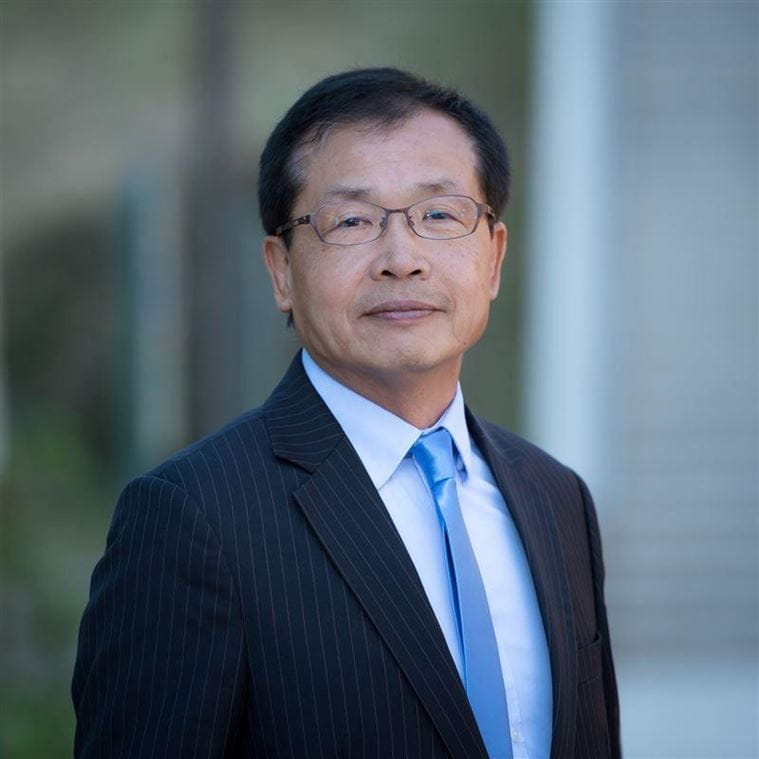Designing a Sustainable Biosolids Energy Facility
Using renewable energy to process biosolids into a product that can be used as fertilizer for various agricultural needs … is an innovative and sustainable concept.

This project is really beneficial to the county.
LEED-Certification
The 7,000-square-foot building meets Leadership in Energy and Environmental Design® Silver standards.


